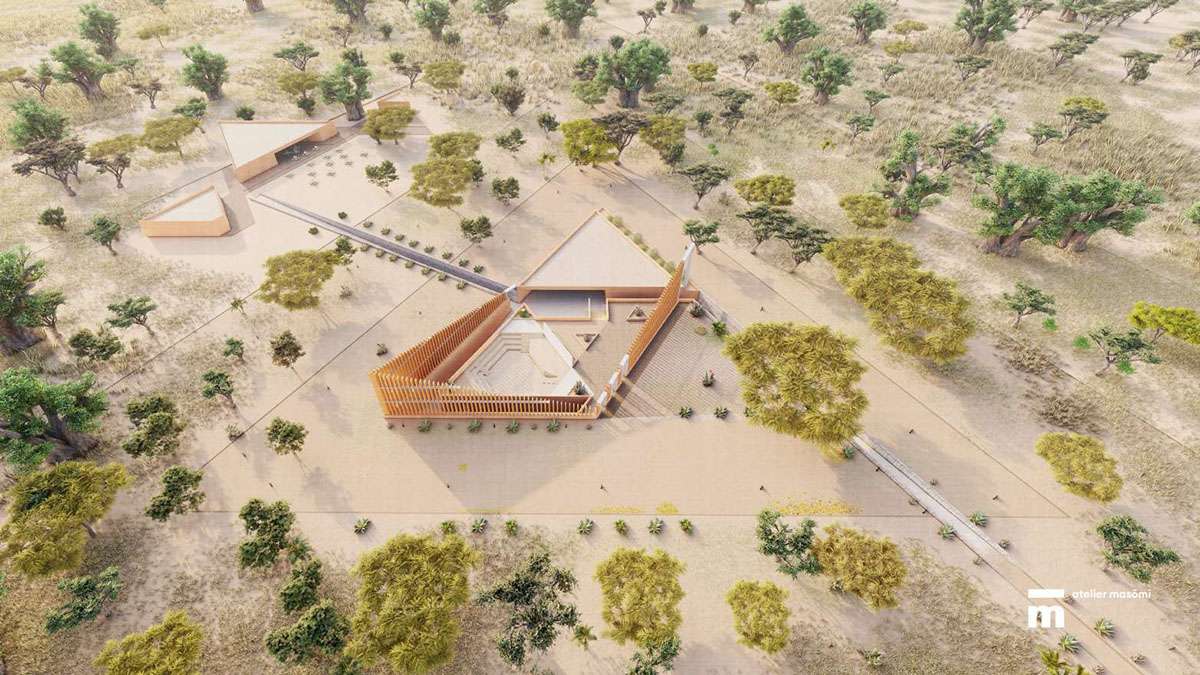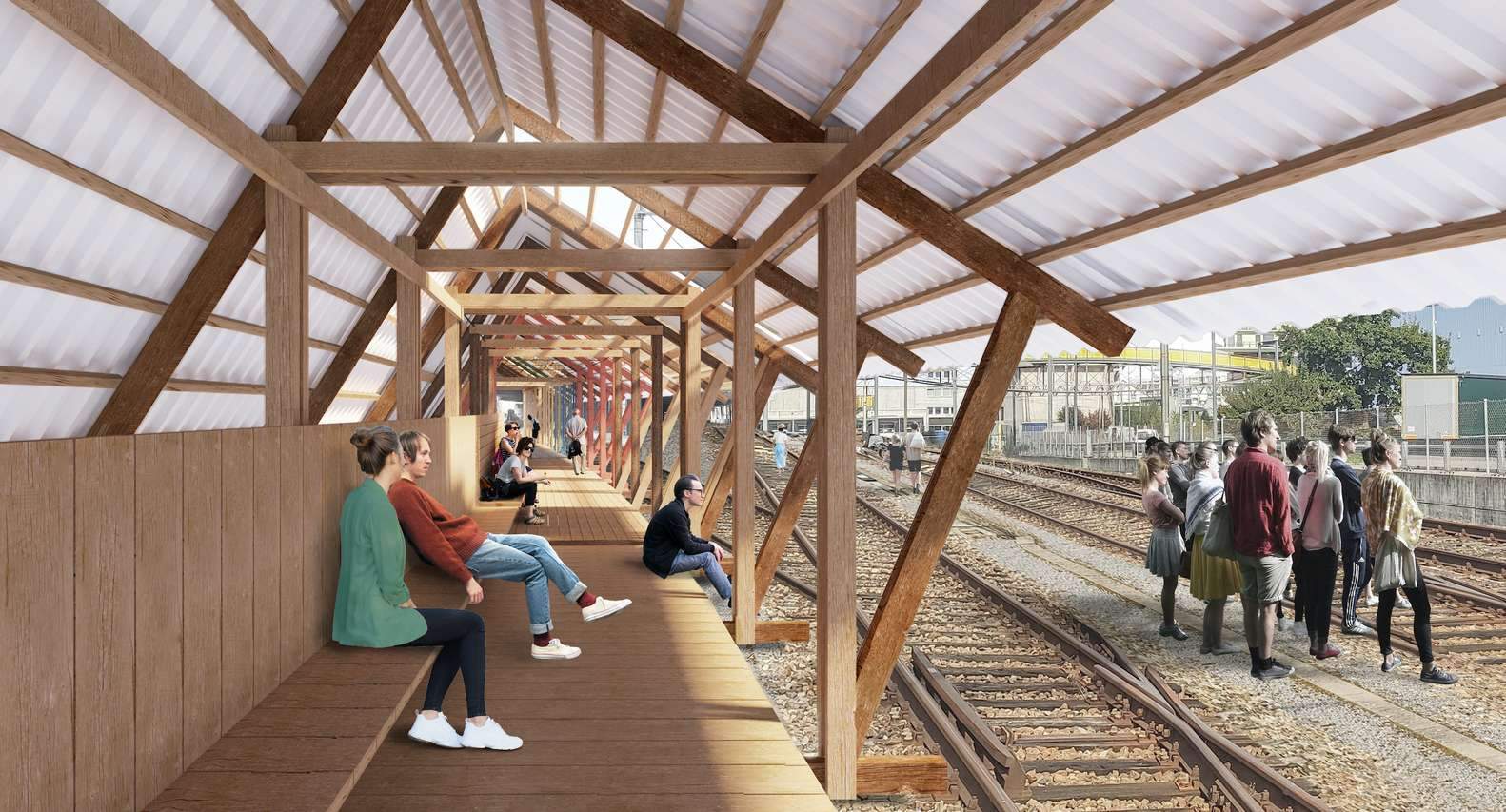Designing a new museum and center for culture and society in Senegal
The Nigerian masōm atelier of practice, led by Maryam Issoufou Camara,
was chosen to design a new museum and center for culture and society in rural Senegal.
The museum has been advertised and developed by the Josef and Anni Albers Foundation and Le Korsa.
Design Features
The new museum, in Wolof, will be designed as a “living and breathing institution”,
focusing on art and offering educational programs with a wide range of initiatives.
The design was named Bët-bi – which means “eye”.
The design aims to engage with local and national communities,
through a series of performances, film screenings and other events.
The new museum will be built on a site near Kaolack in the Senegambia region of West Africa,
which is home to four UNESCO World Heritage sites.

The area is famous for its magnificent ancient stone megaliths,
and the goal of the new museum was to draw attention to the joys of visual art to a population that might not have previously had access to museums.
As well as to an international audience, the museum’s programs will be free and open to the public.
It will also present traditional and contemporary African art,
and art from the diaspora (including examples of work from the Harlem Renaissance).
And works from countless other cultures appear universal and timeless for various visual forms, whether in the work of Annie and Joseph Albers, African tapestries, American quilts, Mesoamerican objects, or Native American beadwork.
The new museum also aims to revitalize the local economy of the area,
which will provide good benefits “emerging from other new cultural institutions in locations where there was little previous tourism”.
The museum will be built by respecting the values of local traditions and raising awareness of the environmental impact.
It is set to be built on a low-cost budget, and aims to articulate the organizations principle of “minimum means to maximum effect”.

Design space
The project will cover a total area of 1,000 square meters and will include exhibition and event spaces,
community rooms, a library, a café and a private area for local artisans to display and sell their work.
Atelier Masumi envisions the museum as part of the landscape, creating a welcoming space for all.
While underground gallery spaces for art and creative expression are included,
the studio takes cues from the “holiness of the earth” in reference to the area’s past.
On the other hand, Sirer had a deeply mystical indigenous religion
that had an intimate relationship with the natural elements: sun, wind, water, and ancestral spirits.
The starting point came from looking at this traditional spiritual realm
and the series of triangles that define the relationship between the elements, the living and the dead – the cycle of self-renewal.
It also provided a good way to organize the program that is coherent yet distinct.
The visualizations show that there are four triangular volumes distributed in the site and two of them are dedicated to groups of different sizes connected via a path.
Half of the main triangular volume is further marked by a lattice wall that acts as a semi-transparent façade, denoting its public space.
The Bët-bi Museum is scheduled to open in 2025.
For more architectural news
Converting the former buildings into a new building for the University of Arts






